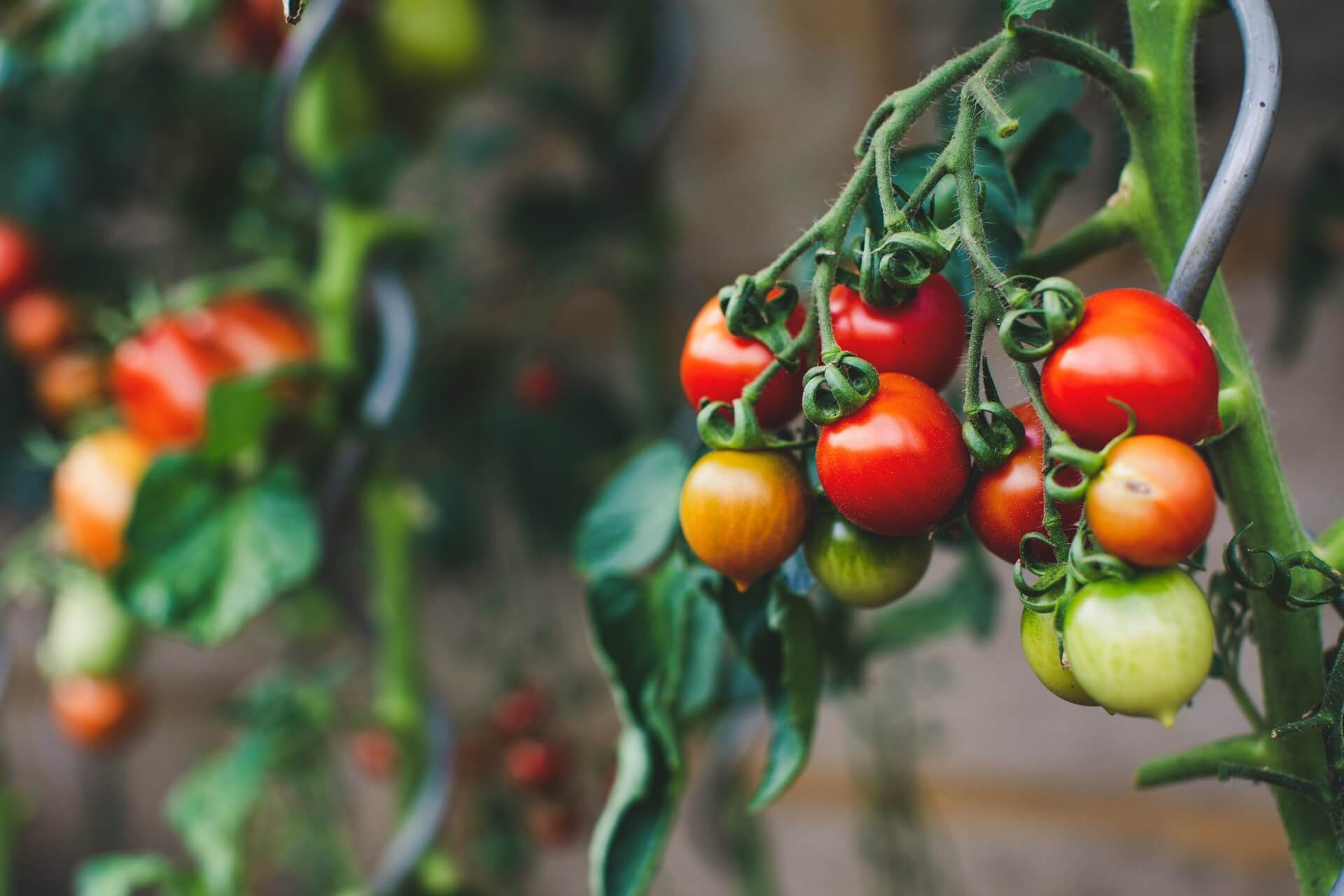
Are GMOs Good or Bad for You and the Food Industry?
April 29, 2025 - Emily Newton
Revolutionized is reader-supported. When you buy through links on our site, we may earn an affiliate commission. Learn more here.
The discourse surrounding genetically modified organisms (GMOs) in the food industry remains polarized, with advocates highlighting their potential benefits and critics raising concerns about safety and ethical implications.
Explore the nuanced aspects of GMOs, focusing on their impact on the food industry, regulatory frameworks, and the ongoing debate within the scientific community.
Innovations in GMO Technology
Recent advancements in genetic engineering have led to the development of crops with enhanced traits, particularly in areas like disease resistance, nutrient enhancement, and environmental sustainability.
For example, crop modification aims to improve food yield and address specific agricultural vulnerabilities. These examples below underscore the potential of GMOs to address specific agricultural challenges and improve crop resilience.
Non-Browning Bananas
Tropic — a biotechnology company headquartered in Norwich — has created a banana that retains its freshness and yellow color for 12 hours after peeling while being more resilient to bruising and discoloration during harvesting and shipping.
This innovation aims to reduce food waste and associated carbon dioxide emissions, with these bananas expected to reach markets by 2025. The underlying goal of non-browning bananas is to minimize the spoilage and waste that occurs throughout the banana supply chain.
According to a 2024 United Nations Environment Programme report, the world loses enough food to account for one billion meals every day, as one-fifth of all food produced for consumption is wasted. By improving the shelf life of bananas, the risk of waste in both developed and developing countries could be greatly reduced.
Disease-Resistant Bananas
Researchers are developing banana strains that are resistant to destructive diseases. For instance, Chiquita Brands International’s Yelloway One shows promise against TR4 and partial resistance to Black Sigatoka, both of which endanger global banana production.
The potential to fight diseases that severely threaten banana crops could significantly impact global food security, especially in regions where bananas are a staple food. Since bananas are one of the most consumed fruits globally, safeguarding their production is crucial in addressing food insecurity in many developing nations.
Are GMOs Banned in Europe?
The European Union (EU) maintains a stringent regulatory framework for GMOs, characterized by rigorous safety assessments and public transparency measures. These regulations ensure that GMOs meet the highest safety standards before being introduced to the market.
Pre-Market Authorization
All GMOs undergo a comprehensive safety assessment by the European Food Safety Authority before approval for cultivation or sale. This includes evaluating potential risks to human, animal, and environmental health.
The assessment considers various factors, including allergenicity, toxicity, and gene flow to non-GMO plants. This extensive process helps provide scientific assurance that the GMOs are safe for consumption and cultivation.
Labeling and Traceability
Products containing more than 0.9% approved GMOs must be labeled accordingly, ensuring consumer transparency. Measures are also in place to prevent mixing GM and non-GM crops.
The EU’s rigorous labeling requirements serve to empower consumers with the information they need to make informed choices about the foods they purchase. However, these regulations have sparked debate about whether such measures cause unnecessary fear or encourage consumer choice.
Member State Autonomy
Individual EU countries can invoke safeguard clauses to restrict or prohibit GMO cultivation within their territories if they present justifiable reasons related to health or environmental risks.
This decentralized approach has allowed some countries to enforce bans on certain GMO crops despite the approval of these crops at the EU level. The evolving nature of EU GMO regulations highlights the political and economic dimensions of GMO governance.
Economic and Environmental Considerations
The adoption of GMOs presents both economic benefits and environmental considerations. The potential for increased yields and reduced use of chemical pesticides has been touted as one of the main advantages of GMO technology, particularly in regions where agricultural productivity is a critical concern.
Farmer Benefits
Studies indicate that farmers adopting GMO crops often experience increased gross income, reduced insecticide use, and higher yields. For instance, genetically modified Bt (Bacillus thuringiensis) cotton has reduced the need for chemical pesticides, leading to cost savings and increased cotton yields.
However, these benefits can vary based on farm size, region, and the specific crop being grown. Large-scale commercial farmers tend to benefit more from GMOs than smallholder farmers, who may not have the resources to purchase seeds and invest in GMO-related technologies.
Environmental Impact
Herbicide-tolerant GMO crops facilitate no-till farming practices, enhancing soil health and reducing fuel and labor use. No-till farming prevents soil erosion and helps retain moisture, making it especially beneficial in arid regions.
However, concerns persist about potential long-term environmental effects, such as the evolution of herbicide-resistant weeds, which could complicate the management of weed populations and negatively impact biodiversity. Additionally, the transfer of genes from GMOs to wild relatives through crossbreeding could potentially disrupt local ecosystems.
Health and Safety Debates
The safety of GMO consumption remains a contentious topic, with strong opinions on both sides. The health implications of consuming GMO foods are difficult to assess due to the complexity of long-term studies and varying public perceptions of risk.
- Regulatory assurance: Based on current scientific evidence, GMO foods are as healthy for consumption as their non-GMO counterparts. Nevertheless, ongoing debates and calls for more comprehensive studies to assess potential long-term health effects remain a part of the discourse.
- Health concerns: Critics argue that GMOs may pose risks, such as developing antibiotic-resistant diseases, changes in allergenic properties, or unintended toxic effects. While no significant health risks have been conclusively linked to GMO consumption, the lack of long-term human trials continues to fuel concerns. Genetic modification sometimes involves inserting genes from species with different allergenic profiles, raising fears about potential new allergens in foods.
The Future of GMOs in the Food Industry
The integration of GMOs into the food industry is a multifaceted issue, encompassing technological innovations, regulatory complexities, economic impacts, and health considerations. GMOs have the potential to significantly enhance agricultural productivity and food security, but they also raise ethical, environmental, and safety concerns.
As the scientific community continues to explore and debate these dimensions, stakeholders must engage with the latest research and policy developments to make informed decisions.
Revolutionized is reader-supported. When you buy through links on our site, we may earn an affiliate commission. Learn more here.
Author
Emily Newton
Emily Newton is a technology and industrial journalist and the Editor in Chief of Revolutionized. She manages the sites publishing schedule, SEO optimization and content strategy. Emily enjoys writing and researching articles about how technology is changing every industry. When she isn't working, Emily enjoys playing video games or curling up with a good book.







